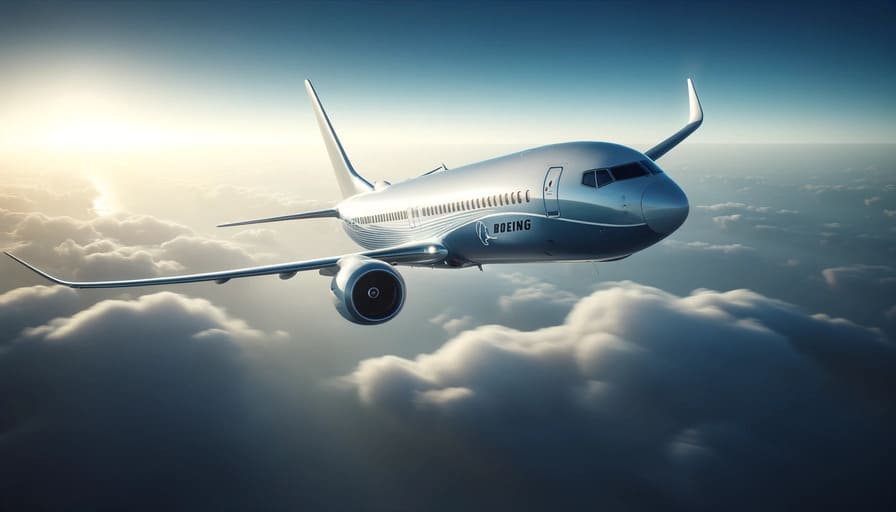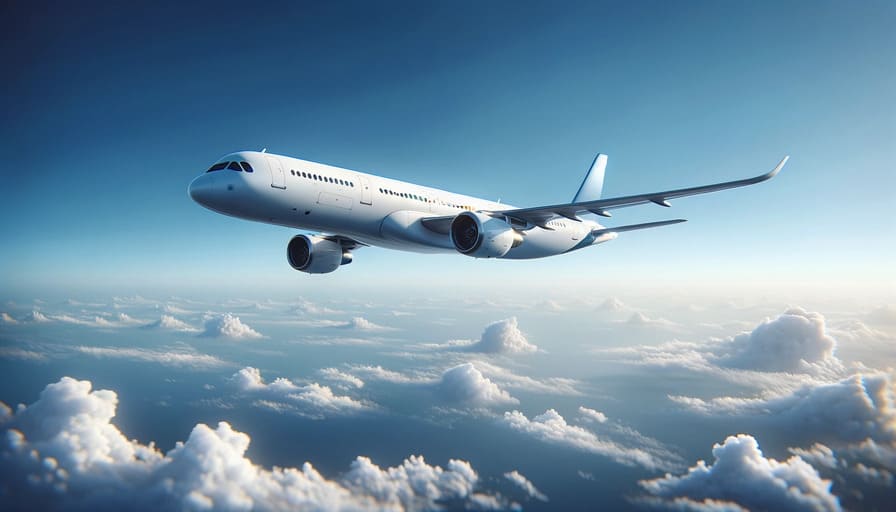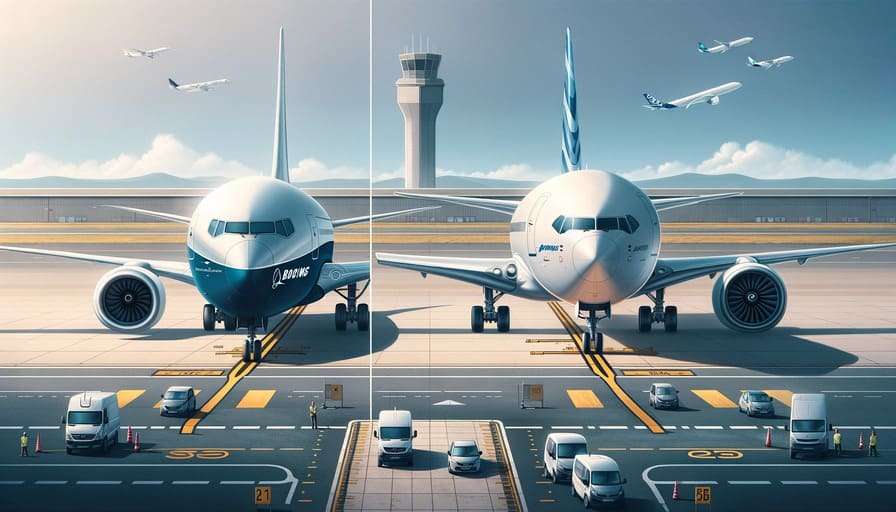Boeing incidents and Airbus incidents have been recorded over the years as both companies, which are among the largest aircraft manufacturers globally, have experienced a spectrum of issues from minor technical glitches to major operational failures, affecting their reputations and operational capabilities.
Boeing Incidents Overview:
Boeing’s aircraft have been involved in a rising number of incidents over the past decade, demonstrating persistent challenges in maintaining safety and reliability:

- 2014-2016: Boeing experienced a steady increase in incidents, with numbers rising from 66 in 2014 to 102 in 2016. These incidents raised concerns about the reliability of its aircraft systems and triggered scrutiny over safety protocols.
- 2017-2019: The number of incidents continued to grow, reaching 108 in 2017 and peaking at 112 in 2018. These years were particularly challenging for Boeing, culminating in the widely publicized grounding of the 737 MAX series after two catastrophic crashes – Lion Air Flight 610 in 2018 and Ethiopian Airlines Flight 302 in 2019. These incidents brought to light severe issues with the aircraft’s software and design, necessitating a comprehensive review and substantial changes before the aircraft could return to service.
- 2020-2024: Although the number of incidents decreased to 58 in 2020 amidst global aviation disruptions due to the COVID-19 pandemic, they picked up again as air travel resumed, with 137 incidents recorded in 2023. This increase has prompted renewed calls for safety overhauls, highlighting the ongoing need for vigilance and improvement in aviation safety. As of 2024, there have already been 20 incidents, emphasizing the continuous challenge Boeing faces in ensuring the safety of its aircraft.
Airbus Incidents Overview:
While Airbus has generally reported fewer incidents compared to Boeing, it has not been immune to challenges:

- 2014-2016: Starting with 13 incidents in 2014, Airbus saw a gradual increase to 22 incidents by 2016. Each incident prompted Airbus to review and enhance its maintenance and operational procedures to boost safety.
- 2017-2019: The number of incidents remained fairly consistent, with a slight increase to 37 incidents in 2019. One significant event in Airbus’s history is the crash of Air France Flight 447 in 2009, involving an Airbus A330. This crash, caused by faulty airspeed sensors, led to a critical reassessment of Airbus safety standards.
- 2020-2024: Despite the challenges posed by global disruptions in 2020, Airbus managed to keep its incident count relatively low, with 22 incidents recorded that year. The numbers climbed to 40 in 2023, leading to intensified safety reviews and implementation of corrective measures. In 2024, there have been only 4 reported incidents so far, suggesting that Airbus’s efforts to improve safety are having a positive impact.
Comparative Analysis and Safety Measures:
Both manufacturers have faced intense scrutiny following these incidents. They work in close collaboration with aviation authorities worldwide to ensure the safety of their aircraft. Boeing’s experiences, especially with the 737 MAX, prompted significant regulatory and safety protocol changes. Airbus also continually strives to enhance its safety protocols, learning from each incident to prevent future occurrences.
The incidents involving Boeing and Airbus aircraft reflect ongoing challenges within the aviation industry to maintain high safety standards amid increasing air traffic and technological advancements. Each incident has offered valuable lessons that have led to better safety practices and innovations in aircraft design and operations. Both manufacturers are committed to learning from these events, and their continuous efforts are crucial for ensuring the safety and reliability of air travel globally.
In conclusion, while both Boeing and Airbus have faced significant safety challenges, their responses to these incidents are shaping future aviation safety standards. Continuous improvement and vigilance remain key as both companies strive to prevent incidents and ensure the safety of passengers worldwide.

